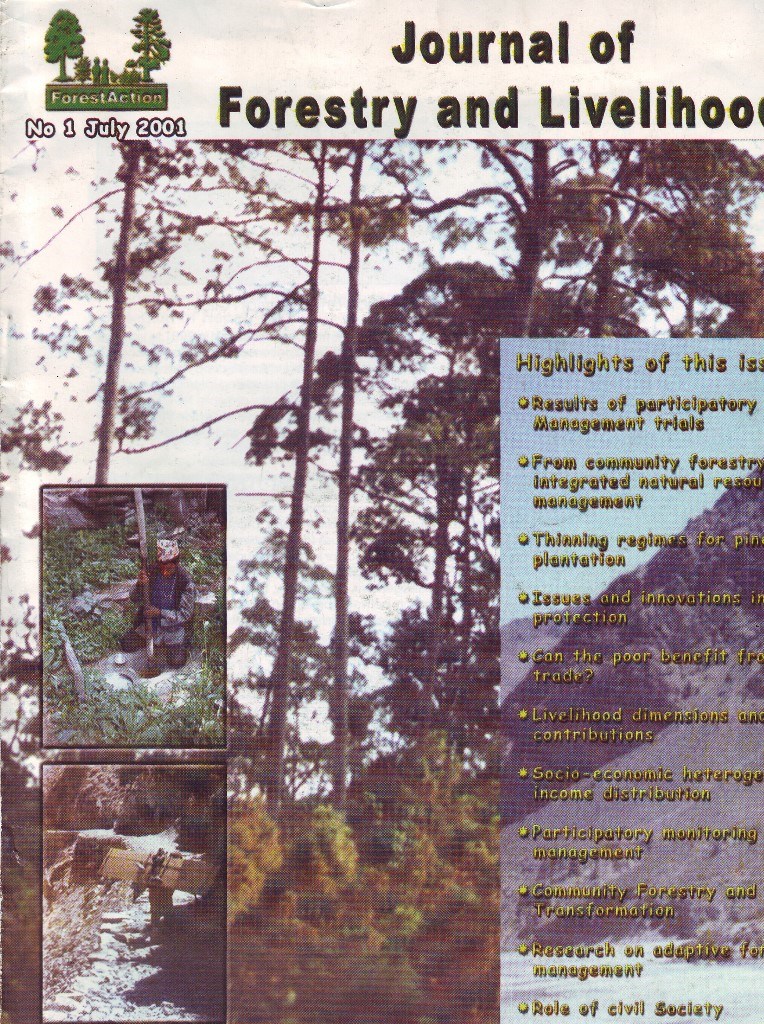Minimizing the Cost of Overstocking: Towards a Thinning Regime for Community - Managed Pine Plantations in the Central Hills of Nepal
DOI:
https://doi.org/10.3126/jfl.v1i1.59808Keywords:
Minimizing the Cost of Overstocking, Nepal, forestry, Central Hills of NepalAbstract
The authors assess the impact of stocking levels on the growth of Pinus Roxburghii and Pinus Patula which were planted in the two central hill districts of Nepal over the past two decades, and are generally overstocked due to conservative thinning practices. An analysis of more than 150 tress at different stocking levels showed that overstocking has reduced volume growth, and if thinning is delayed, this will be equivalent to a loss of over USD 200 per hectare per anum. To maximize income from such plantations, thinning regimes for the two species are also suggested.
Downloads
Downloads
Published
How to Cite
Issue
Section
License

This work is licensed under a Creative Commons Attribution-NonCommercial 4.0 International License.
CC-BY-NC: This license allows reusers to distribute, remix, adapt, and build upon the material in any medium or format for noncommercial purposes only, and only so long as attribution is given to the creator.





